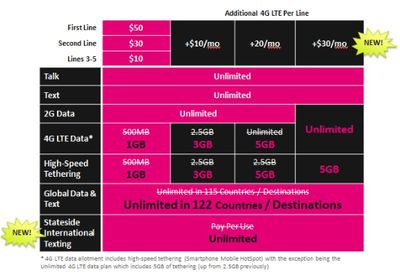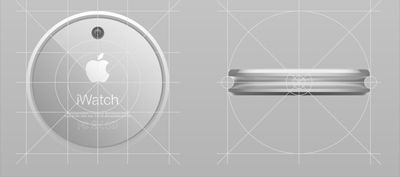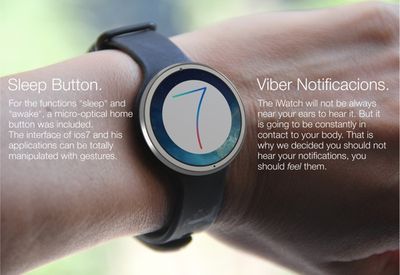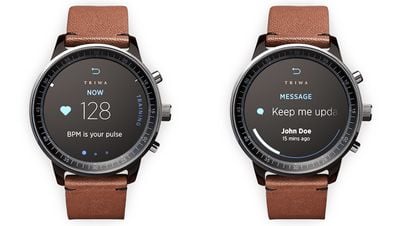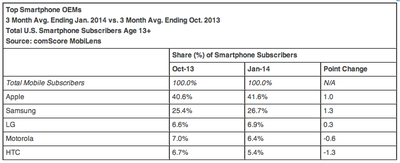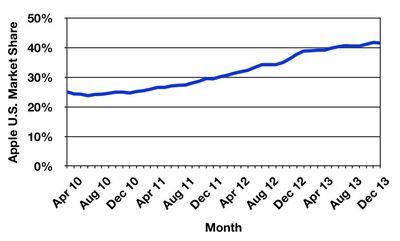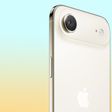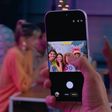Last September, when Apple released iOS 7 to the public, the iPhone 4 was the oldest model supported by the operating system. However, many iPhone 4 users found their devices to be slow and unresponsive, something Apple was likely aware of because there were a number of iOS 7 features that didn't work at all on the iPhone 4, including Siri, AirDrop, AirPlay Mirroring, and a number of special effects across the user interface including parallax, some translucency effects, and live wallpapers.
Today, with the release of iOS 7.1, Apple has much improved the experience of iPhone 4 users on iOS 7, though not entirely back to what users saw in iOS 6.1.3. According to Ars Technica, there is a measurable improvement in iOS 7.1 across a number of native iOS apps, including the speed at which the apps open from the home screen:
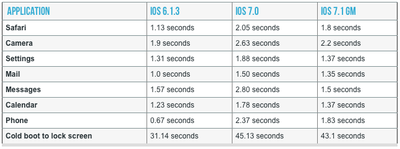
There's a measurable improvement over iOS 7.0 across all of these apps, some more noticeable than others. In a few instances, iOS 7.1 very nearly catches up with iOS 6.1.3, which is impressive given the gap between the two operating systems in some of these apps. It's not a complete recovery from the original iOS 7.0 release, but it's about as good as Apple can do with hardware this old. The small speed improvements are present throughout the operating system, and this makes the iPhone 4 feel more responsive than it did, if not always as responsive as it once was.
iOS 7.1 also helps with the UI jerkiness that was all over the place in 7.0. It's easiest to capture the difference in video—actions like launching apps or pulling up the Control Center shade are always visibly jerky in iOS 7.0, but they're smooth (or at least smoother) in the new update.
As Ars notes, iOS 7.1 may well be the final major iOS release for the iPhone 4, as Apple generally removes support for the last generation of iPhones when it releases a new operating system each year. Ars says iOS 7.1 makes the experience good enough that using the iPhone 4 is no longer "unbearable", but that there are "unmistakable" benefits to moving to a faster phone.


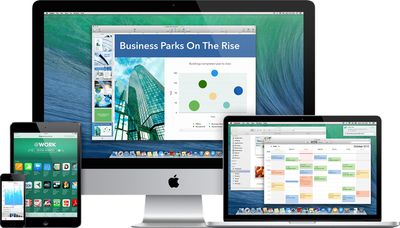
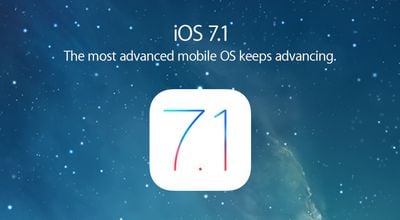

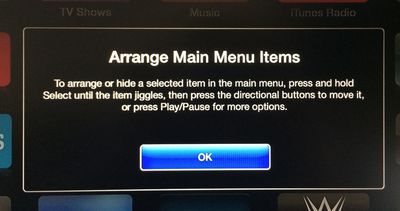

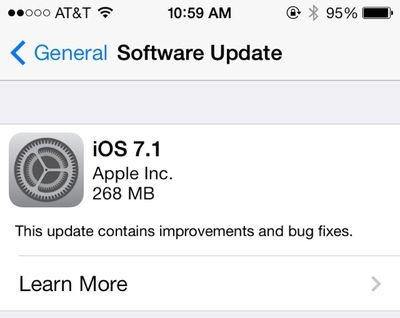


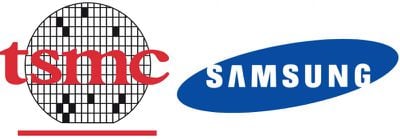
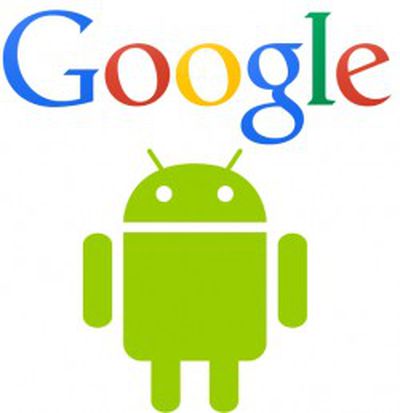 Speaking at this year's South by Southwest conference, Google executive Sundar Pichai announced today that the company will be releasing an Android software development kit (SDK) for wearable devices in two weeks,
Speaking at this year's South by Southwest conference, Google executive Sundar Pichai announced today that the company will be releasing an Android software development kit (SDK) for wearable devices in two weeks, 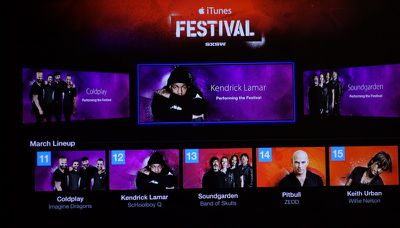

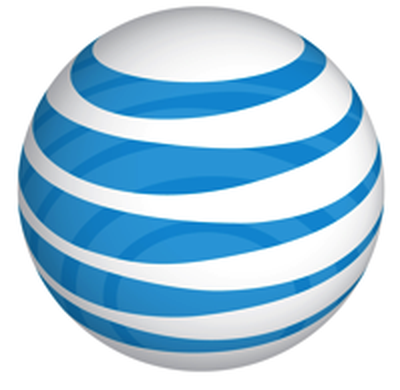 AT&T will launch a
AT&T will launch a 